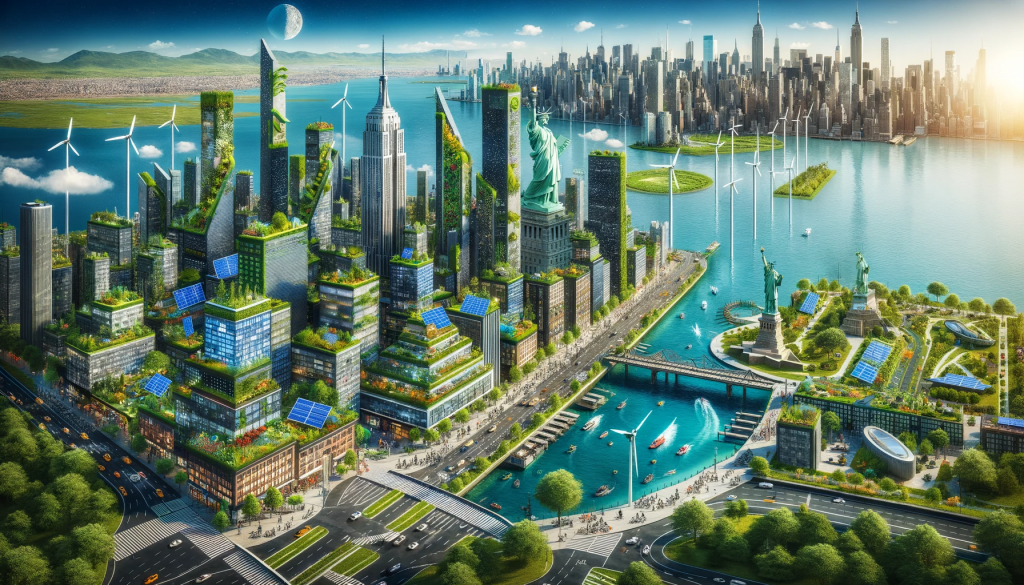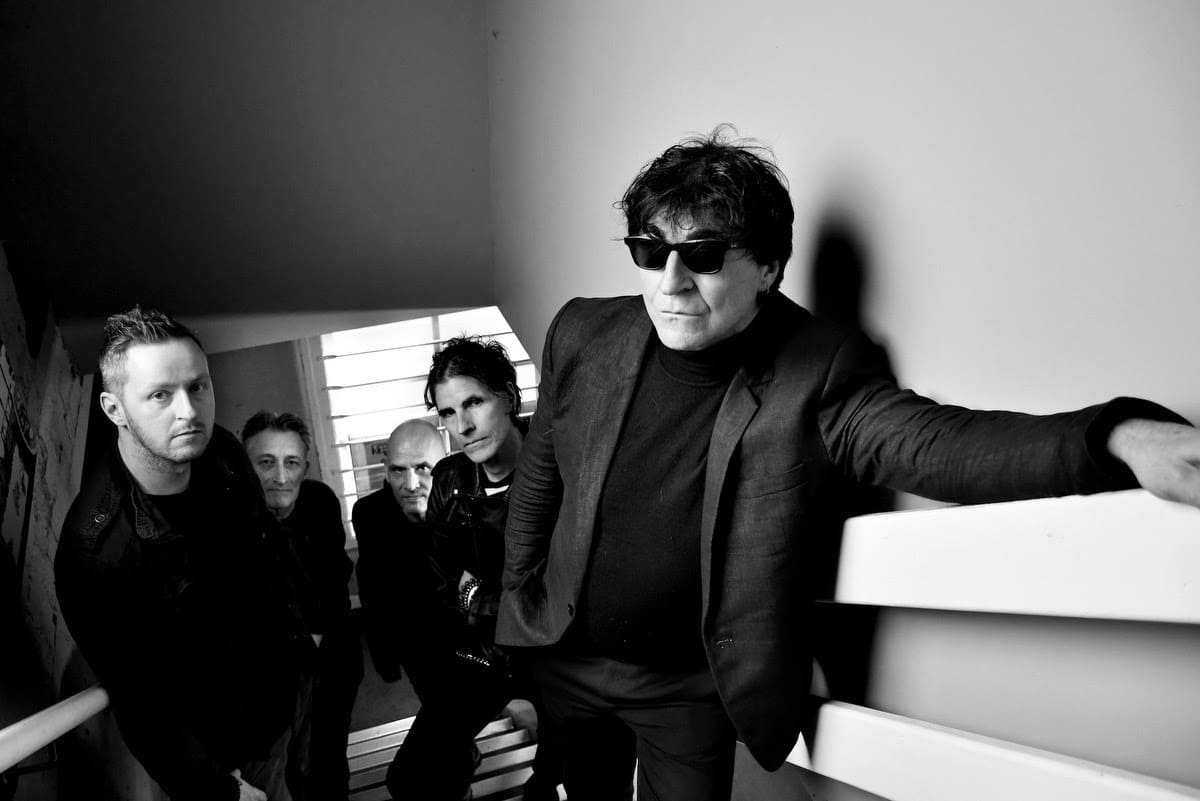How does Sustainable Tourism work in New York


How does Sustainable Tourism work in New York
In the dynamic heart of New York City, amidst its soaring skyscrapers and vibrant streets, a transformative movement is taking root. Across the lush greenery of Central Park to the historical byways of Brooklyn, an evolving trend is reshaping our understanding of travel and tourism. This trend is sustainable tourism, a concept rapidly gaining momentum as the city adapts to the demands of the modern world. In New York, embracing sustainable tourism is more than a mere choice; it’s a commitment to a future that’s both environmentally responsible and sustainable.
Sustainable tourism in New York transcends the basic objectives of reducing carbon footprints and conserving energy. It’s an all-encompassing approach that includes nurturing local communities, participating in environmentally mindful activities, and exploring the city’s lesser-known eco-friendly spots. This shift is clearly visible in unique locations such as the High Line, a transformed linear park atop an old freight rail line, and the Brooklyn Grange, a trailblazing rooftop farm leading the charge in urban farming. It’s not uncommon to see tourists, audio tour guides in hand, learning about the city’s latest sustainable innovations.
Digging deeper into New York’s sustainable tourism initiatives reveals a plethora of unique and eco-conscious ventures. Whether it’s boutique eco-friendly hotels in the artsy neighborhoods of SoHo and Chelsea or the farm-to-table dining experiences in the East Village, New York is redefining responsible travel. This article is an invitation to traverse the green pathways of New York, a city where sustainability is not just a catchphrase but an integral part of its dynamic essence.
Educating Tourists on Sustainability
In the realm of educating tourists on sustainability, New York City, while not having extensively documented specific programs, demonstrates a strong commitment to environmental education and awareness that enriches the tourist experience.
New York City’s expansive sustainability initiatives, such as enhancing public transportation and promoting green urban areas, serve as practical lessons in sustainable living for tourists. Visitors engaging with these eco-friendly options or visiting green locales are subtly educated about sustainable urban living.
The city presents a variety of sustainability resources. Tourists can find information through kiosks, apps, or online platforms, detailing eco-friendly sites, green dining, and sustainable transit options.
Participation in local sustainability-centered events is another avenue for learning. Tourists can join community clean-ups or partake in workshops and tours focused on environmental preservation and sustainable living.
Numerous New York businesses and attractions have embraced sustainability, offering tourists a chance to learn about eco-friendly practices. By supporting these establishments, tourists indirectly engage in sustainability education, observing its application across different sectors.
Role of Eco-Friendly Accommodations
Eco-friendly hotels in New York actively contribute to educating guests on sustainability through various in-house practices and information. This might include insights on recycling, energy-saving measures, or the use of sustainable products.
In New York City, the trend of eco-friendly accommodations is on the rise, offering sustainable lodging options without sacrificing luxury or comfort. Examples like the Grand Hyatt, which has significantly reduced its energy and water usage, and The Benjamin Hotel, a pioneer in sustainable luxury with energy-efficient lighting and thermostats, underscore this commitment.
These sustainable accommodation options in New York are more than mere places to stay; they represent a broader movement towards sustainability, integral to one of the world’s most dynamic cities.
New York’s sustainable tourism strategy goes beyond environmental protection, placing significant emphasis on supporting local communities. This ethical tourism approach ensures that visitors have unique, enriching experiences that also benefit local communities.
Sustainable transportation in New York
New York City, a metropolis that never sleeps, is also a leader in sustainable transportation, offering a plethora of options that significantly reduce the city’s carbon footprint and enhance the travel experience for both residents and visitors.
- Comprehensive Public Transit System:
- The heart of NYC’s transportation is its extensive public transit system, consisting of subways, buses, and rail services.
- Efforts are continually made to improve the reliability and speed of these services. For instance, new schedules have been implemented on key subway lines and the Metro-North Railroad to expedite weekday trips for nearly 900,000 riders.
- These improvements not only offer more flexible travel options but have also led to record ridership numbers, showcasing the system’s increasing appeal and efficiency.
- Commitment to Zero-Emission Buses:
- Affordable and Accessible Public Transit:
- The Metropolitan Transportation Authority (MTA) is focused on making public transit more appealing and accessible to all New Yorkers.
- Initiatives such as new fare products, fare capping on subways and buses, and promotions for the Long Island Rail Road and Metro-North are in place to make public transportation more flexible and affordable.
- Programs like the Fair Fares program, which provides half-price fares for low-income New Yorkers, ensure that sustainable transportation is accessible to a broader demographic.
- Bike Sharing with Citi Bike:
- Citi Bike, NYC’s official bike sharing system, offers thousands of bikes across Manhattan, Brooklyn, Queens, The Bronx, Jersey City, and Hoboken.
- With easy access to bike stations and affordable pricing, including a day pass option perfect for visitors, Citi Bike encourages sustainable travel within the city.
- This bike-sharing program not only offers an eco-friendly way to explore the city but also promotes health and reduces traffic congestion.
Practical Information on Existing Places in New York
When you visit New York, we recommend you the following locations. It will give you a very good idea how a city can grow whilst staying sustainable.
- The High Line:
- An innovative public park built on a historic freight rail line elevated above the streets on Manhattan’s West Side.
- Location: Gansevoort Street to West 34th Street, between 10th and 12th Avenues.
- Visitors can enjoy guided tours focusing on the park’s architecture, horticulture, and history, offering insights into sustainable urban renewal.
- Brooklyn Grange:
- A leading rooftop farming and intensive green roofing business.
- Locations: Brooklyn Navy Yard and Long Island City, Queens.
- Offers tours, workshops, and events centered on urban agriculture and sustainability.
- Citi Bike Program:
- NYC’s official bike-sharing program, with thousands of bikes across multiple boroughs.
- Day pass: $19/day, offering unlimited 30-minute rides, perfect for exploring the city sustainably.
- Stations are widespread, including Manhattan, Brooklyn, Queens, The Bronx, Jersey City, and Hoboken.
- Eco-Friendly Hotels:
- The Grand Hyatt New York: Notable for its significant reductions in energy and water consumption.
- The Benjamin Hotel: A pioneer in sustainable luxury, located in Midtown Manhattan, known for its energy-efficient practices.
- 1 Hotel Brooklyn Bridge: Offers a blend of eco-conscious design and luxury, located near the Brooklyn Bridge Promenade.
- Sustainable Dining Options:
- The East Village and other neighborhoods offer numerous farm-to-table restaurants focusing on locally sourced and sustainable ingredients.
- Many establishments emphasize organic produce, responsibly sourced meats, and seafood, along with vegan and vegetarian options.
- Volunteering Opportunities:
- Environmental groups and community projects often welcome tourist participation.
- Opportunities can be found through local non-profit organizations or eco-tourism websites, offering hands-on experiences in conservation and community work.
Since you’re here …
… we have a small favour to ask. More people are reading Side-Line Magazine than ever but advertising revenues across the media are falling fast. Unlike many news organisations, we haven’t put up a paywall – we want to keep our journalism as open as we can - and we refuse to add annoying advertising. So you can see why we need to ask for your help.
Side-Line’s independent journalism takes a lot of time, money and hard work to produce. But we do it because we want to push the artists we like and who are equally fighting to survive.
If everyone who reads our reporting, who likes it, helps fund it, our future would be much more secure. For as little as 5 US$, you can support Side-Line Magazine – and it only takes a minute. Thank you.
The donations are safely powered by Paypal.














